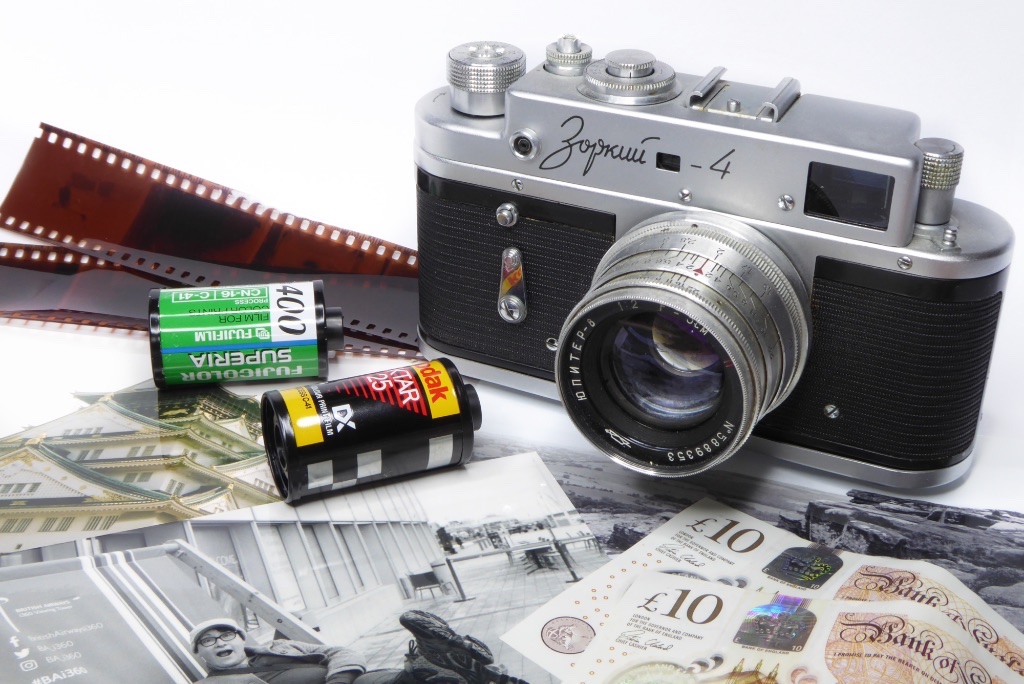
Film is expensive: – The increasing cost of film is often much complained about on film photography forums with people endlessly binding on about how it’s daft to keep shooting when film costs are so exorbitant. Devotees of the art (craft, science, technology – pic your preferred nomenclature) seem to be constantly complaining about the price of film.
Recently I ran into a very long diatribe from a certain Mr Leas. The full text of this is towards the end of this article but it starts with a complaint that just as film cameras are becoming more affordable the price of film is going skywards.
He wrote to complain about the rising cost of living, inflationary pressures and points out that until quite recently film was rather inexpensive but now, as a result of rising prices, photographers may be restricted – shoot less, be more selective about what they shoot, stop bracketing shots etc.
None of this will be unfamiliar to anyone who has paid even scant attention to film forums and, the occasional plea for sanity because, at the end of the day it really isn’t THAT expensive, tends to get ignored in the welter of people crying over increased costs.
What makes Mr Leas diatribe so interesting though is that it was written in 1980! 20 years before digital became a significant force and when the film photography industry was at its zenith. It really does seem as if there is nothing new under the sun doesn’t it? Moaning about stuff is, I have long suspected, a very human trait.

I bought a pile of old Amateur Photographer magazines, mostly for some early test results on cameras and also to validate a feeling that film really wasn’t that much more expensive today than it was back in the halcyon 70s and 80s – or was it? Having done some rough math and been shouted at on forums with people’s hazy recollections of when film was handed out free (not really but some people do have a faulty recollection for sure) about how it WAS more expensive today than ever before I thought I’d do some research and find the truth rather than rely on my own (possibly faulty) memory. Peoples recollections are often faulty and people of a certain age tend to carp on about how when they were young everything was less expensive. I do it myself at times as I am of that certain age when you start boring strangers with how everything was better in the good old days.
So putting down my repair tools and putting my two bladed propellor research hat on I combed through several magazines from the 1980s. Now this is trickier than you may think because many films are out of production, some films have changed formulas and some films have been replaced by later versions of the original film so it’s rather tough to draw direct comparisons.
In the end I settled for those old standbys – Ilford, Kodak and Fuji. I took sample prices, averaged them out and then I ran the 1980s prices through the Bank of Englands inflation calculator to see what the price would look like today and then compared that to current online prices.
Here’s what I found…
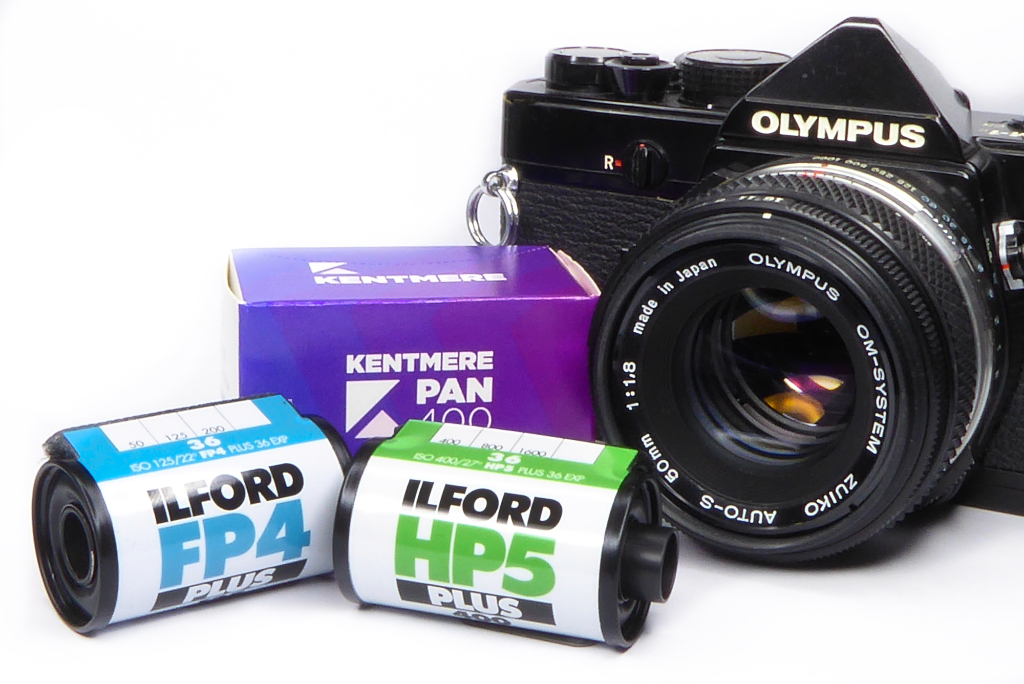
Ilford FP4 (36 Exposures) Black and White
In 1980 a roll of FP4 would cost somewhere between £1.50 and £1.43 but the lower price is from mail order so you would be stuck with postage costs. The price in a retail outlet would have been £1.50 – you could get it cheaper if you were prepared to buy 10 rolls mail order and the price would then go down to. £1.24 per roll. The BoE inflation calculator gives a price (based on the £1.50 figure which is more typical of retail shops) as costing £6.12 in todays money. The actual price you would pay today would be £6.50 based on the best deal you could get online. But, you could chip that price down by buying 3 or 10 rolls from online outlets.
Pricing on all film stock is somewhat skewed by eBay and Amazon scalpers who are quick to ride any trend.
RESULT– its gone up by a whopping 38p – a 6.2% Increase
If 38p is likely to drive you into penury then you’d best start tightening your belt and sell that classic camera. I’ll take it off your hands just let me know where to come to pick it up.
Ilford HP5 (36 Exposures)Black and White
In 1980 you would have been paying the same for HP5 as FP4 – so £1.50 a roll. All the same provisos as FP4 apply and the BoE calculator gives a price today of £6.12 – Same as FP4 BUT you would now be paying £6.79. It’s slightly more expensive than FP4 but the same applies to bulk deals. You could buy 3 or 10 rolls and equalise the price.
Like FP4 its slightly more expensive but you need to consider the volumes for film sales have gone down. Like any commodity the price rises as the production volume falls. Considering the comparison is between a time when film was being produced in vast bulk and today where it’s a speciality product the price rises are really not that much.
RESULT– its gone up by 67p which is a nearly 11% increase
If you really do feel you can’t afford an extra 50p a roll on a bulk buy then there are excellent alternative films like Kosmo Foto, Kentmere, Orwo and plenty of others.

Kodacolor II 400 (36 Exposures) Colour
It’s not around anymore but I wanted a sample of colour prices to compare with. Its nearest relative would be Kodak Gold 400 these days.
So how does the pricing look?
Back in 1980 a retail outlet would charge you £2.25 for a roll. Mail order would be charging anywhere between £1.72 and £2.26 depending on volume. Just like with the Ilford films some of the mail order companies could trim the price if you ordered 10 rolls. Running that price through the BoE calculator give you a price of £9.18 in todays money. You could acquire a roll online these days for around £10 but you could get it cheaper if you bought in bulk. I found one store that would haircut the price to around £5 plus postage if you bought 10 rolls.
So just like the Ilford films Kodak colour gone up marginally BUT if you were happy to shell out for 10 rolls the cost of film might actually be cheaper!
RESULT– It’s more expensive with a 9% rise equivalent to almost an entire pound
Shocking, I mean how can anyone who’ just shelled out £200+ on a classic camera possibly be expected to find an extra £1!
On the other hand you can shop around and buy bulk and actually get it for LESS than it cost back then.
Fuji Color 400 (36 Exposures) Colour
Fuji was hard to get a handle on. Believe it or not very few dealers were selling Fuji in 1980, at least from the adverts in photography magazines. The only dealer I could find in 1980 with an advert was selling a 36 roll of Fuji Color 400 for £1.95. Goodness that was cheap back then – barely more than a black and white roll. Possibly because most Japanese companies when they enter a market price very aggressively to force out competitors and build a base of users. The Fuji price was clearly undercutting Kodak back in the 1980s. Putting that number into the BoE calculator would give a price today of £7.95 but as we all know you’d be lucky to lay hands on Fuji 400 Color today for less than £14.99.
Theres two reasons for that. The first is having captured the market and become the darling of colour films Fuji upped the price back in the ‘used to be’. It became quite an expensive film in time – more expensive that Kodak in the late 1980s. The second reason is today the eBay scalpers are hard at work. It’s in short supply which means people are charging over the odds.
Before the axe fell when Fuji moved production and subsequently disrupted supply (and said they were quitting film – before they woke up and smelled the acetate) I bulk bought Fuji Superia 400 at £9.99 a year ago- only £2 more expensive (equivalent to a 21% increase). I don’t doubt it will get back there again once Fuji start fulfilling on volumes again now that they have moved production to the USA.
RESULT– It’s more expensive with a 21% rise equivalent to £2 if you could bulk buy otherwise it really has gone ballistic with around 100% price rise if you buy online from a scalper assuming you can even get it
Fuji was often the more expensive option even back in the Golden Age. But you can trim the price with a bulk buy or use the more modern Kodak films which are really very good.
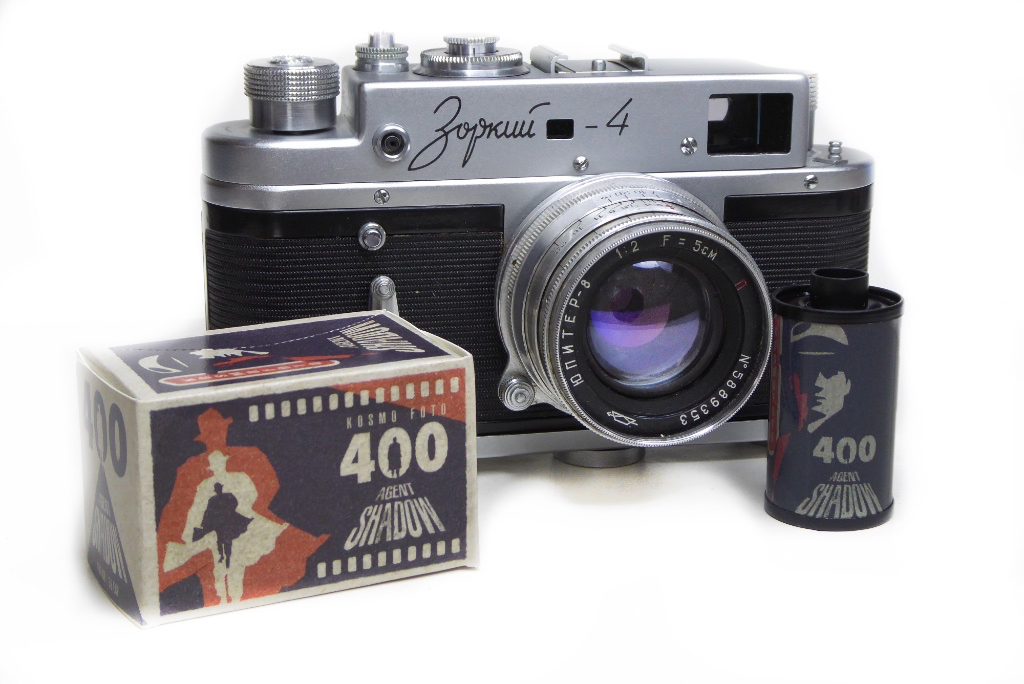
Mr Leas writes…(March 1980)
That letter in full as promised is below– tell me if this isn’t the same song that the modern film photographer often sings at every opportunity… read on for how bad things could be in the good old bad old days and if you want to see how film prices have fluctuated over a large time scale read Mike Eckmans article which is far more exhaustive than this one and covers film prices from the dawn of film photography.
It seems ironic that just at the time when the purchase price of many of the most desirable cameras has dropped considerably (for example, Nikon EM, originally advertised at £150 has been advertised at under £100) (don’t we all wish that were so today – Mel) the cost of films and printing papers has had to rise dramatically.
Because of the greatly increased price of silver, couple with inflation etc, we all face the setback of very likely having to reduce the actual numbers of pictures we can afford to take with our super lower-priced cameras. I do not yet know by how much35mm films are due to rise but I have been informed that the printing paper I uses is going up by 50% following a 20% rise just before Christmas.
This letter was sent in March – see things aren’t so bad after all. Here we are today moaning about piddling 3% rises from Ilford– Mel.
All told, I expect to pay double what was charged just over a year ago.
Since so many other costs are also rising steeply it seems inevitable that many people will have to cut back on their photography, even if you go in for bulk buying.
Until recently most enthusiasts could regard the materials required to make pictures as being reasonably inexpensive. If you found a really good subject you might shoot off several frames at various apertures and from several angles, to obtain the best possible result.
Generally when carrying a camera there was no particular feeling of restraint when subjects that appealed turned up. Obviously this doesn’t apply to everyone, for some people the cost of film has always been a restraining factor, but I am speaking in general terms.
So, too, when working in the darkroom, the cost of paper was not such that one felt unable to use several sheets if necessary to obtain a first-rate result and of course many sheets are used as test strips.
Now, economies will have to be made unless by some means we can all raise our incomes sufficiently (some hopes!). But this may not be altogether a bad thing. It is very tempting, enjoying an outing with ones camera, to shoot a little carelessly rather than take extra care to sum up each subjects merits, the quality of the light etc. (Mr Leas, if he was around today would do well to read my ‘Being There’ articles about just that – Mel). Now there should be a greater incentive to be choosy about subjects, to take the time to find the best angles, not to make do with indifferent lighting and to ensure exposure will be spot on rather than go in for too much bracketing. All this of course to save on precious film. No one would welcome these steep price increases (least of all those with film gobbling auto winders) but they may well lead to greater care over choosing subject matter and matters concerning technique. So it could be that standards of photography actually rise through a little imposed restraint!
Conclusion
So there you are – film IS more expensive, but as you can see from the letter dated March 1980 from Mr Leas, it always was. People were moaning about it 40 years ago, but it’s hardly a huge additional cost in the way that people may have you believe. Yes – some of the exotic super professional films have gotten expensive – they always were though but I’d rather they were pricey than gone altogether which is the less palatable option.
On the sunny side there are new films coming out all the time, Kodak recently took on another 350 staff to meet the demand, Harman have launched Phoenix (a completely new colour film) and Fuji did eventually wake up and smell the acetate and moved production to the US and hopefully will soon get back in their stride.
I do find it odd though that many modern day film shooters moan and complain about film costs while paying out for expensive gear, buying vast collections of classics and then sitting in what passes for a coffee shop gulping down hot brown water that they just paid twice the price of a roll of film for. There seems a disconnect, possibly even a sense of entitlement, that having acquired a classic camera on the cheap they shouldn’t have to pay for film. It’s a bit like buying a classic 1960s car and expecting to pay 1960s prices for your petrol.
Here’s another thought – if film really is too expensive for you that’s even more reason to shoot with a reliable and serviced camera. Mr Leas makes a plea in his letter that just maybe people will be more selective about what they shoot. Frankly you always should be – if your just blatting film and hoping then digital really is for you.
With the increasing prices the usual prophets of doom would have you believe that film photography will die.
I don’t think it will anytime soon but without a new film camera coming to market and a kickstart to the whole film photography zeitgeist I very much believe film will eventually just fade away. There simply wont be the cameras to use it in sadly – production volumes for cameras were never as high as people think and many marques and models are now simply impossible to repair. Many will be destroyed by todays throw away society and the pool of viable cameras will shrink without new products coming to market.
Let’s all keep our finger crossed and hope Pentax are successful in their venture into reduxing a film camera for todays market which may be the best hope to see film make a come back but as you can see it would be unlikely to make film less expensive as its already pretty close to its 1980 pricing levels which, given the vastly reduced demand, is itself something of a minor miracle that we should all be grateful for.
Further Reading
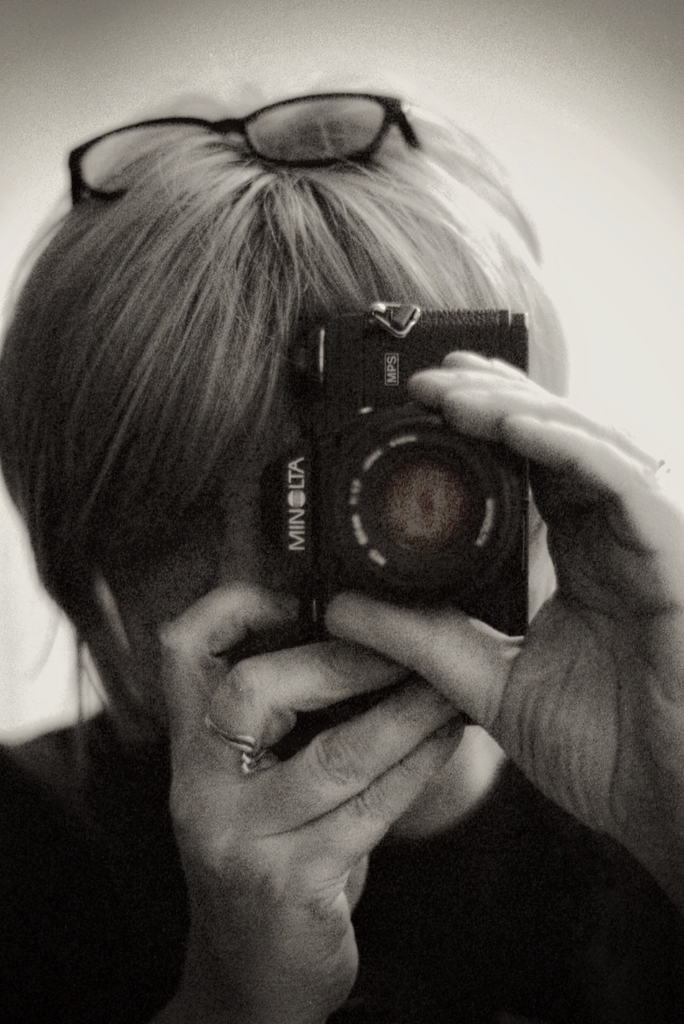
Mel is one of the driving forces behind High 5 Cameras and writes all our articles.
Starting serious photography back in 1972. Over the years she got to shoot film with most of the major brands in 35mm and large format as both a studio photographer and content provider for websites in the early life of the web. These days she is rediscovering photography and has become the GOTO person for knowledge on camera repair advice.


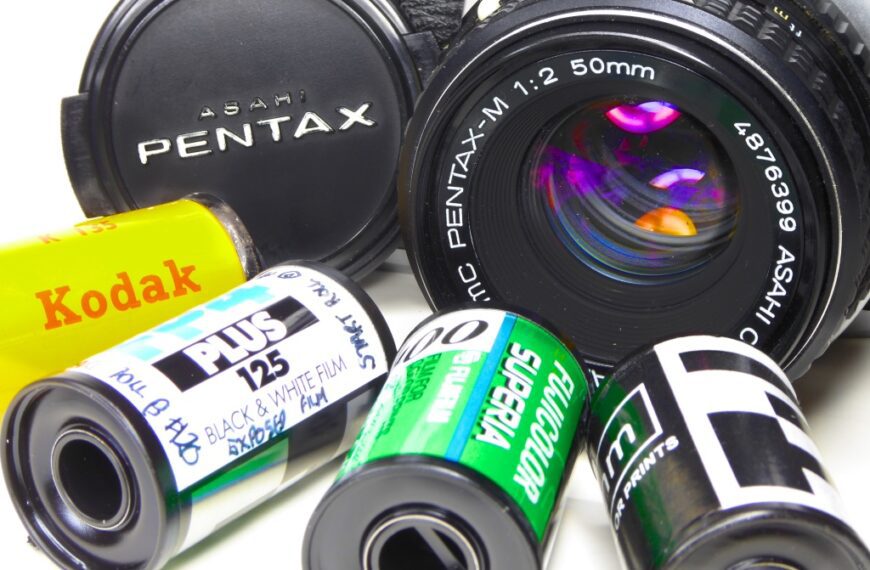

A very interesting article
Perhaps Mr Leas would be horrified to learn that your APs from March 1980 cost 35p as opposed to £4.25 now.
Now I’ve probably missed something here (maths have never been a strong point with me) but using your film costs for 1980 I’d have to skip a month’s worth of the magazine if I wanted to buy a roll of FP4 or HP5 back then.
Today I’d only miss out on a couple of issues.
Photography has always been ‘expensive’ in financial, time and material terms. Cameras have always been something people aspired to and film needed/need specialist materials to make and specialist chemicals and a degree of skill to produce visible results.
I love my three digital cameras for their modern convenience. I love my film cameras for their tactile quality and the fact that they are old and quirky and mean I have to think about photography – rather than snap/glance/delete or snap/glance/edit.
I have expired film in my freezer which I will use one day very soon – but that day will be one where I have had the chosen camera CLA’d and I make the images count.
And not just because of the cost of film or processing,
Well your quite right – some items have inflated more or less than others. Thats why a direct comparison is rather hard to calculate. There are inflationary pressures which cause all prices to increase but there are also specific cost factors that mean some items become more or less expensive which is down to the nature of the item.
Scarcity of materials (silver, tantalum, rare earth elements), volatility of prices (oil), general taxes, shipping and import duties all have an effect.
Shipping costs can be very volatile. A practical example is current shipping from China which has almost quadrupled in the past two years due to various factors. These costs of course get folded into the final cost the consumer pays.
In addition there are labour costs which can affect pricing on a finished product and finally supply and demand. All of these factors play into end user pricing which is why there is a disparity in the price of the magazine for instance. The BoE inflation calculator suggests the magazine should cost £1.42 today but as you point out it actually costs £4.25. Clearly there are other factors at work beyond just the inflation.
On top of those elements products have a ‘what the market will bear’ in their pricing which is often not related to manufactured costs. Nike trainers cost no more to make, ship and sell than off-brand but the market will pay more for them. In many consumer goods there is a ‘hammer price’ which is what you need to meet if you expect to ever sell any product – these are typically undifferentiated products like tinned food, staples, tyres etc
With respect to film costs there are of course materials and labour costs to take into account and of course supply and demand, the same as any other product so just using an inflation calculator is a very crude tool to assess whether film is ‘more expensive’. My own view is that it has remained, with some exceptions, at close to 1980s pricing levels which, considering the massive drop in volumes, is really quite amazing and as I say in the article something we should all be very grateful for.
Mel
Again we agree.
And amongst the intangibles or just really difficult to quantify things is the whole ‘feel’ (experience) of using a film camera.
Sometimes we are happy to drop a spoonful of instant coffee into a mug, pour on boiling water and drink while tapping on the laptop; other times we want to grind the beans filter it into a warmed jug and pour it into a warmed almost translucent porcelain coffee can.
And we do it not because of the cost but because we are lucky to have a choice.